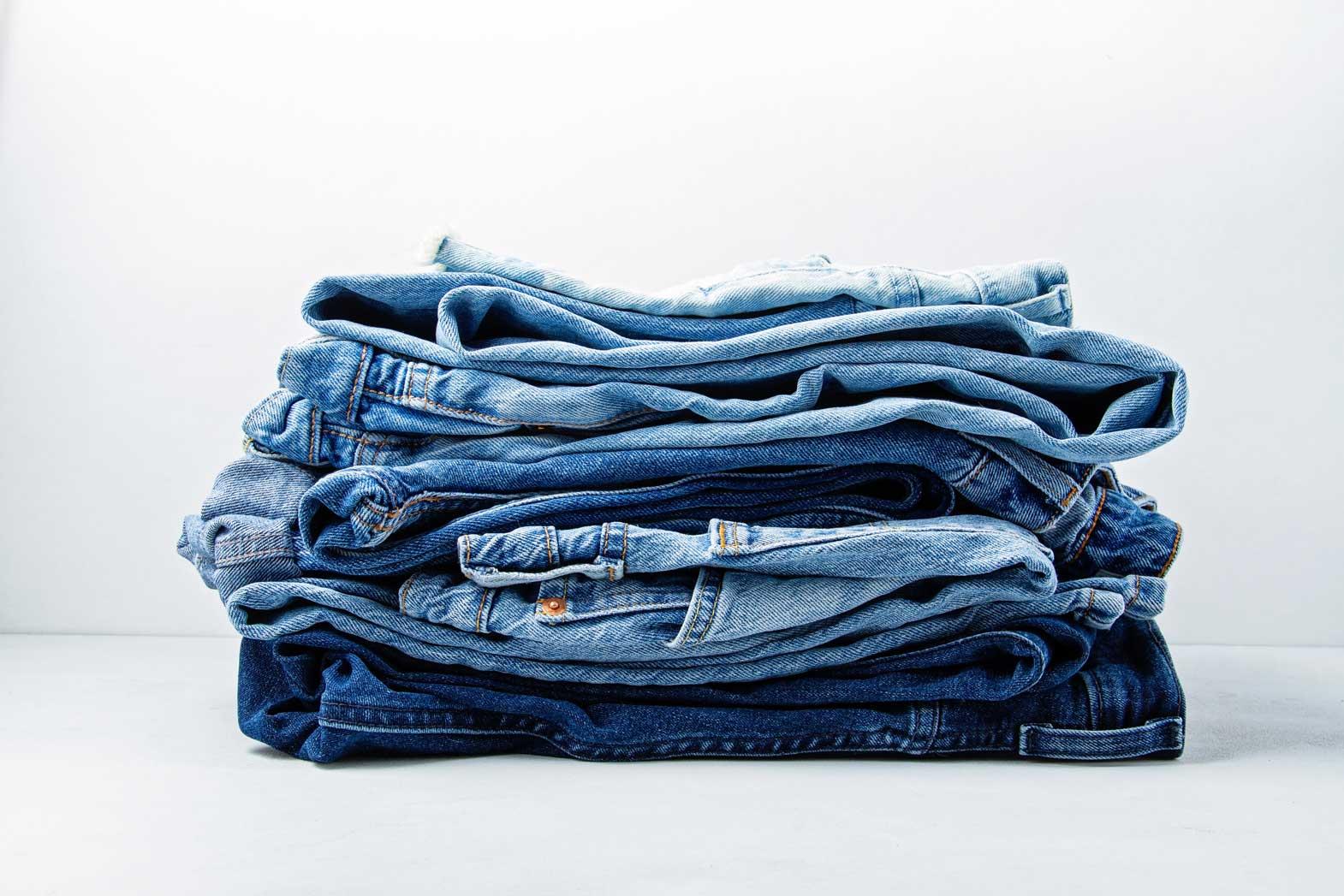Denim apparels are worn all over the world. Though developed in the USA, it has become the most preferred casual clothing in almost all parts of the world. The global denim market was around $55 billion in the year 2011. The size of the market is expected to be growing by leaps and bounds, especially in Asia. Denim jeans, jackets, and accessories are available in various colors, designs, and patterns in modern times.
Sandblasting is a technique used while making fashion jeans. It gives the jeans a "worn-out look". There is no denial to the fact that jeans get more attractive as they start wearing out. Manufacturers, therefore, indulge in making worn-out jeans from the very beginning that has the glamour of an old pair by sandblasting them. Sand containing silica dust is literally blasted onto the jeans to give them the desired look.
Workers indulging in carrying out this practice risk their lives during this process. Sandblasting can cause serious health issues in the long run. Experiments show that this technique leads the workers doing this work to inhale silica dust which remains in their lungs for long. This can cause breathing problems, coughing, sneezing, and other such problems in the short run. It can also cause weight loss and weakness.
If exposed to such a working condition for long, it can cause fatal diseases including Silicosis and other incurable lung diseases. It can also lead to lung cancer. The sad fact is that this practice, though hazardous to health, is booming in certain parts of the world. Despite many cases of silicosis being noticed in Bangladesh among factory workers, sandblasting is booming here because its economy is dependent on such factories.
But this practice is still prevalent in many developing economies of Asia. Countries like Bangladesh, China, Pakistan, and even Egypt, Brazil, and Mexico have independent textile units that carry out this practice for the biggies of this industry. They do not directly involve in this practice to escape from the possible controversies but outsource their work to such independent units in developing countries.
Realizing the hazardous effects that this process has on humanity, many manufacturers have banned denim sandblasting on their products. Levi Strauss & Co. teaming up with Hennes and Moritz announced a global ban on denim sandblasting in 2010. This is true for all its products all over the world. Asda, Diesel, Matalan, and Primark are a few companies that have been under the limelight for indulging in this practice in the past.
Some of the renowned apparel retailers of the world have also banned the sale of sandblasted denim in their retail stores. Target and Marks and Spencer are to name a few. This way they show their support for the cause. Versace, one of the world's leading names for luxury fashion, announced a ban on this procedure in 2011. The case is the same with its arch rival Gucci.
Sandblasting was banned by the government authorities in Turkey in 2009. The first case of Silicosis in the garment industry was detected in 2004 in the country amongst factory workers. Almost 46 cases of deaths and 1,200 cases of suffering owing to this disease were recorded thereafter. The doctors believe that the actual number of patients suffering from Silicosis in the country is much higher than this.
Denim sandblasting is not the only means to achieve that much desired 'worn out' look in jeans. A new technique has been devised for the same called "surface activation". In this method, the pair of jeans is washed after dyeing from particular areas to give it a worn out look. This method is not only eco friendly, but also cheaper as compared to the former. It does not make use of harmful chemicals either!
Serious health issues can crop up among factory workers who work in sandblasting factories. It is necessary for government officials to interfere and put a ban on this practice for public good. The example set by Turkey should be followed in many countries of the world. Workers unaware of the repercussions of this act may continue working in sandblasting factories for money. Government should take measures to educate them.
As consumers, it is on every citizen of the world to stop purchasing sandblasted denim. It is good to look fashionable. But that should not be at the expense of innocent lives. Sandblasting is a serious blow to sustainability. It is in the hands of everybody to stop this practice. One can simply refuse to wear sandblasted denim and make the world a better place to live!
References:
- Bbc.co.uk
- Bangladeshchronicle.net
- Levistrauss.com
- Telegraph.co.uk
- 3things.org.au
- Treehugger.com








Comments